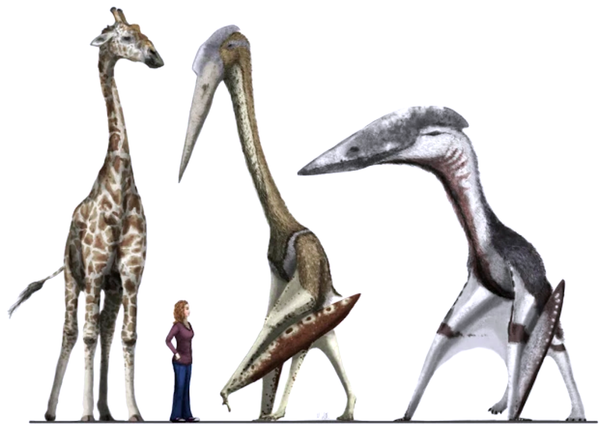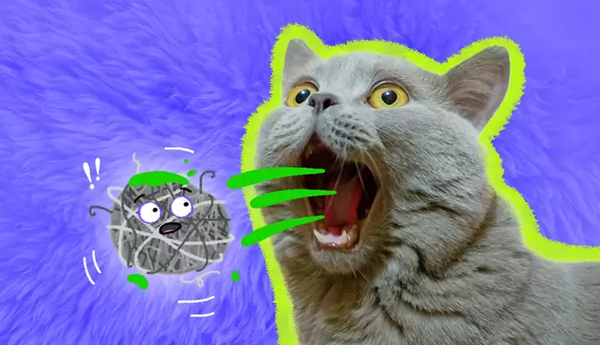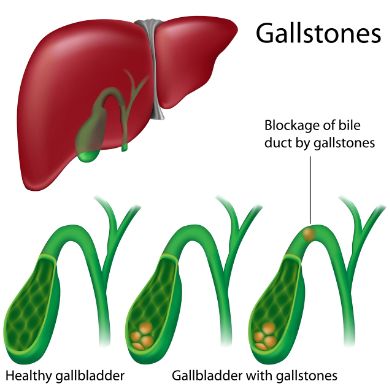Endosymbiosis
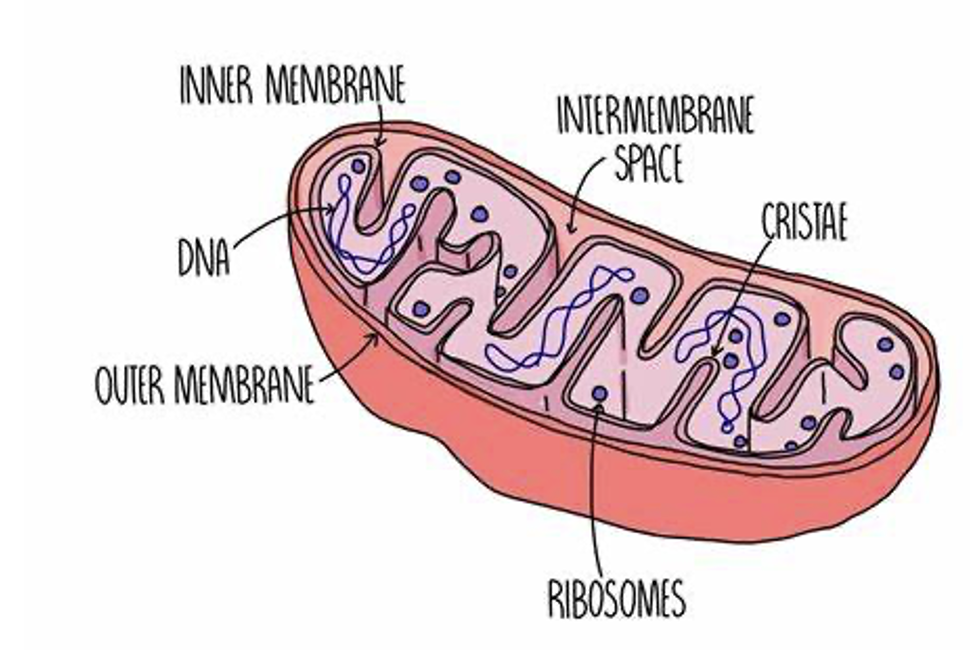
By Fiona Wang Y10
Above is a picture showing the structure of a mitochondria—the power house that is found in almost all eukaryotic cells. It is in charge of generating energy in form of adenosine triphosphate (ATP) through a process called oxidative phosphorylation. Looking at the structure, we are surprised to discover that it has its own DNA, ribosome which works to synthesize protein, and double membranes—the structure is almost the same as that of a eukaryotic cell!
How’s that happening—the mitochondria exists inside the cell and is considered as a part of the cell?
Here comes the endosymbiosis theory.
What is endosymbiosis theory?
Endosymbiotic theory is a widely accepted theory of how organelles arose in organisms, differing prokaryotic organisms from eukaryotic organisms. In endosymbiotic theory, all organisms arose from a single common ancestor. This ancestor may be a bacteria, or prokaryote with a single strand of DNA surrounded by a plasma membrane. Throughout time, these bacteria diverged in form and function. Some bacteria gained the ability to process energy from the environment in new and efficient ways. Photosynthetic bacteria developed the pathways that enabled the production of sugar from sunlight. Other organisms developed ways to use this sugar is oxidative phosphorylation, which produced ATP from the breakdown of sugar with oxygen. ATP can then be used to supply energy to other reactions in the cell.
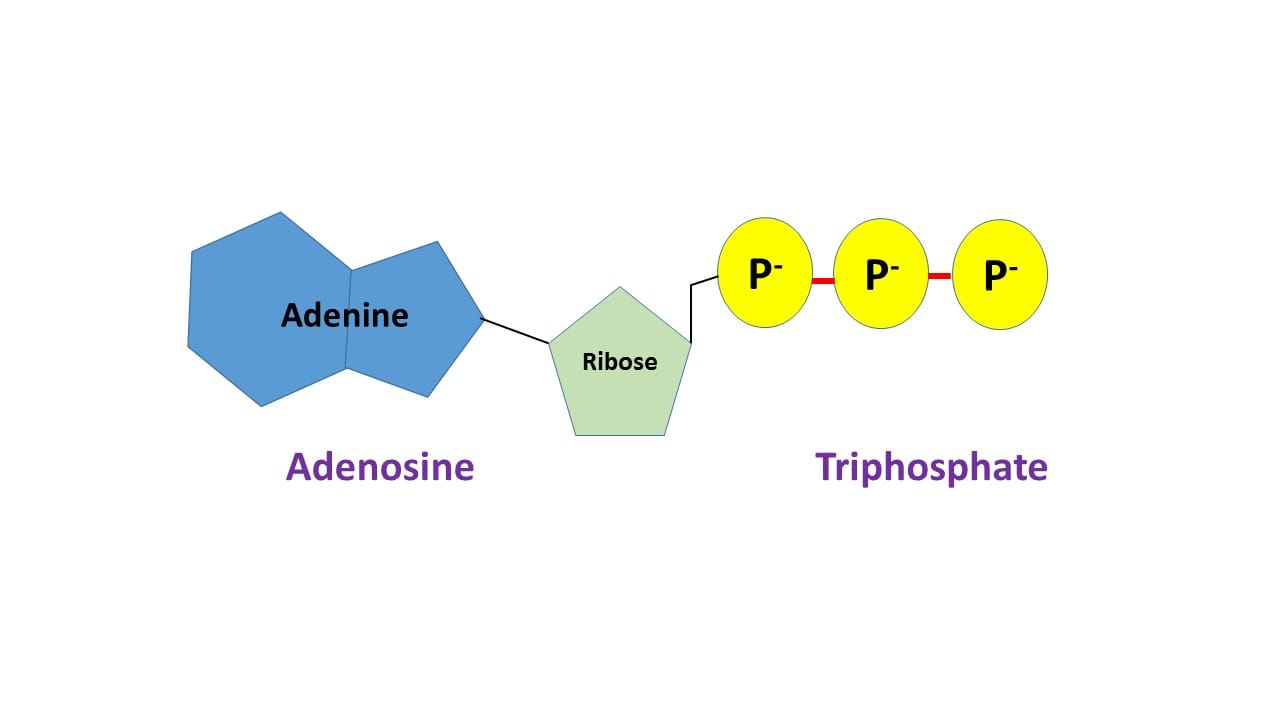
Both of these novel pathways led to organisms that could reproduce at a higher rate than standard bacteria. Other species, not being able to photosynthesis sugars or break them down through oxidative phosphorylation, decreased in abundance until they developed a more efficient adaptation of their own. The ability of endocytosis, or to capture other cells through the enfolding of the plasma membrane, is thought to have evolved around this time. These cells now had the ability to phagocytize other cells.
In some cells, the bacteria that were ingested were not eaten, but utilized. By providing the bacteria with the right conditions, the cells could benefit from their excessive production of sugar and ATP. One cell living inside of another is called endosymbiosis if they mutually benefit each other. Endosymbiotic theory continues further, stating that genes can be transferred between the host and the symbiont throughout time.This gives rise to the final part of endosymbiotic theory, which explains the variable DNA and double membranes found in various organelles in eukaryotes. While the majority of cell products start in the nucleus, the mitochondria and chloroplast make many of their own genetic products. The nucleus, chloroplasts, and mitochondria of cells all contain DNA of different types and are also surrounded by double membranes, while other organelles are surrounded by only one membrane. Endosymbiotic theory claims that these membranes are the residual membranes from the ancestral bacterias. If a bacteria was engulfed via endocytosis, it would be surrounded by two membranes. The theory states that these membranes survived evolutionary time because each organism retained the maintenance of its membrane, even while losing other genes entirely or transferring them to the nucleus.
Are there any evidence supporting the theory?
The most convincing evidence is from the analysis of DNA sequence of mitochondrial DNA (mtDNA) and chloroplast DNA of different organisms. When compared to known bacteria, the mtDNA from a wide variety of organisms contains a number of sequences also found in Rickettsiaceae bacteria. Fitting with endosymbiotic theory, these bacteria are obligate intracellular parasites. This means they must live within a vesicle of an organism that engulfs them through endocytosis. Like bacterial DNA, mtDNA and the DNA in chloroplasts is circular. Eukaryotic DNA is typically linear.
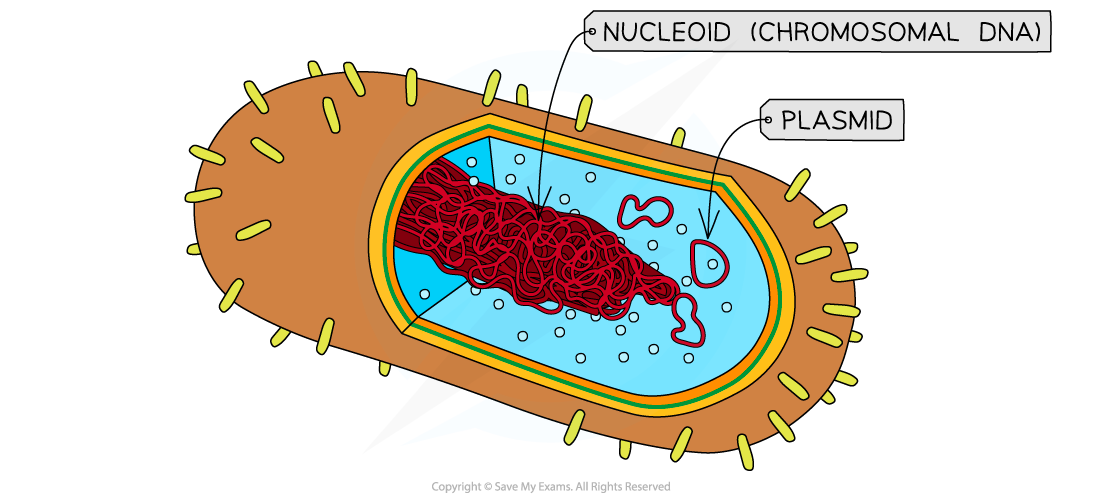
The only genes missing from the mtDNA and those of the bacteria are for nucleotide, lipid, and amino acid biosynthesis. An endosymbiotic organism would lose these functions over time, because they are provided for by the host cell.In addition, further analysis of the proteins, RNA and DNA left in organelles reveals that some of it is too hydrophobic to cross the external membrane of the organelle, meaning the gene could never get transferred to the nucleus, as the cell would have no way of importing certain hydrophobic proteins into the organelle. In fact, chloroplasts and mitochondria have their own genetic code, and their own ribosomes to produce proteins.
These proteins are not exported from the mitochondria or chloroplasts, but are needed for their functions. The ribosomes of mitochondria and chloroplasts also resemble the smaller ribosomes of bacteria, and not the large eukaryotic ribosomes. This is more evidence that the DNA originated inside of the organelles, and is separate completely from the eukaryotic DNA. This is consistent with endosymbiotic theory.


